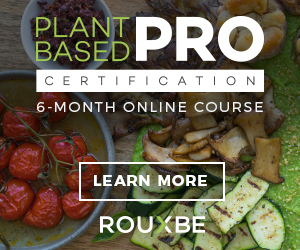Sharpening your knife
A sharp knife is the most important tool in a chef's kitchen. The ability to slice through meat, vegetables, and even fruit with ease will significantly improve your cooking experience.

While there are many different types of knives on the market, most chefs use either a Japanese or Western-style blade, depending on their style. But what about keeping those blades sharp? This can be tricky for some people who are new to cooking, but with a little practice, it'll be second nature!
With your knife laid flat, hold the steel on a stable surface and place the heel of the knife against the bottom of the steel.
Hold the steel at a 15-degree angle, with the knife's heel touching its bottom.
Make sure you hold your knife flat on a stable surface, so it does not slide as you sharpen.
The blade of your knife should be pointing away from you as you sharpen it—this helps prevent accidents.
Position the steel so it points away from you, and tilt it up about 15 degrees.
Place the steel on a flat work surface, with its base flat against the table.
Hold it at a 15-degree angle so that it points away from you.
Ensure that your knife is also at a 15-degree angle with the steel and slide it down very slowly, maintaining contact between the blade and sharpening surface as you do so.
Using moderate pressure, draw the blade down the length of the steel. Repeat with an equal amount of pressure on the other side.
Using moderate pressure, draw the blade down the length of the steel. Repeat with an equal amount of pressure on the other side.
Repeat five times on each side
Turn over your knife and repeat with the other side
Lighten your grip and move to the tip of either side of your knife. Repeat five times on each side, turn over your knife and repeat with the other side.
Lighten your grip
Move to the tip of either side of your knife
Repeat five times on each side, then turn over your knife and repeat with the other side
When sharpening a chef's knife, ensure you use moderate pressure in a smooth motion along the length of each side of your blade.
If you apply too much pressure while sharpening, the blade can become dull faster or chip and break at the tip; if you use too little pressure while sharpening, it will take forever to sharpen your knife and leave it with an uneven edge (meaning that one side is sharper than another).
Press down on the steel as hard as possible without applying any sideways force—this will prevent chipping and damage to your blade's edge from lateral stress during its cutting motion later on down the road!
Don't press down too hard or light when using whetstones; they are designed specifically so that they don't require any extra effort above what comes naturally when stroking them against each other normally! This means there should never be any resistance between two pieces
The best way to sharpen a chef's knife is by using a sharpening steel. This tool can be found in most kitchens and will help maintain the edge of your knife for years to come. If you want a new knife, it's best to use a stainless steel blade. The material is more durable than carbon steel and will hold its edge longer.




